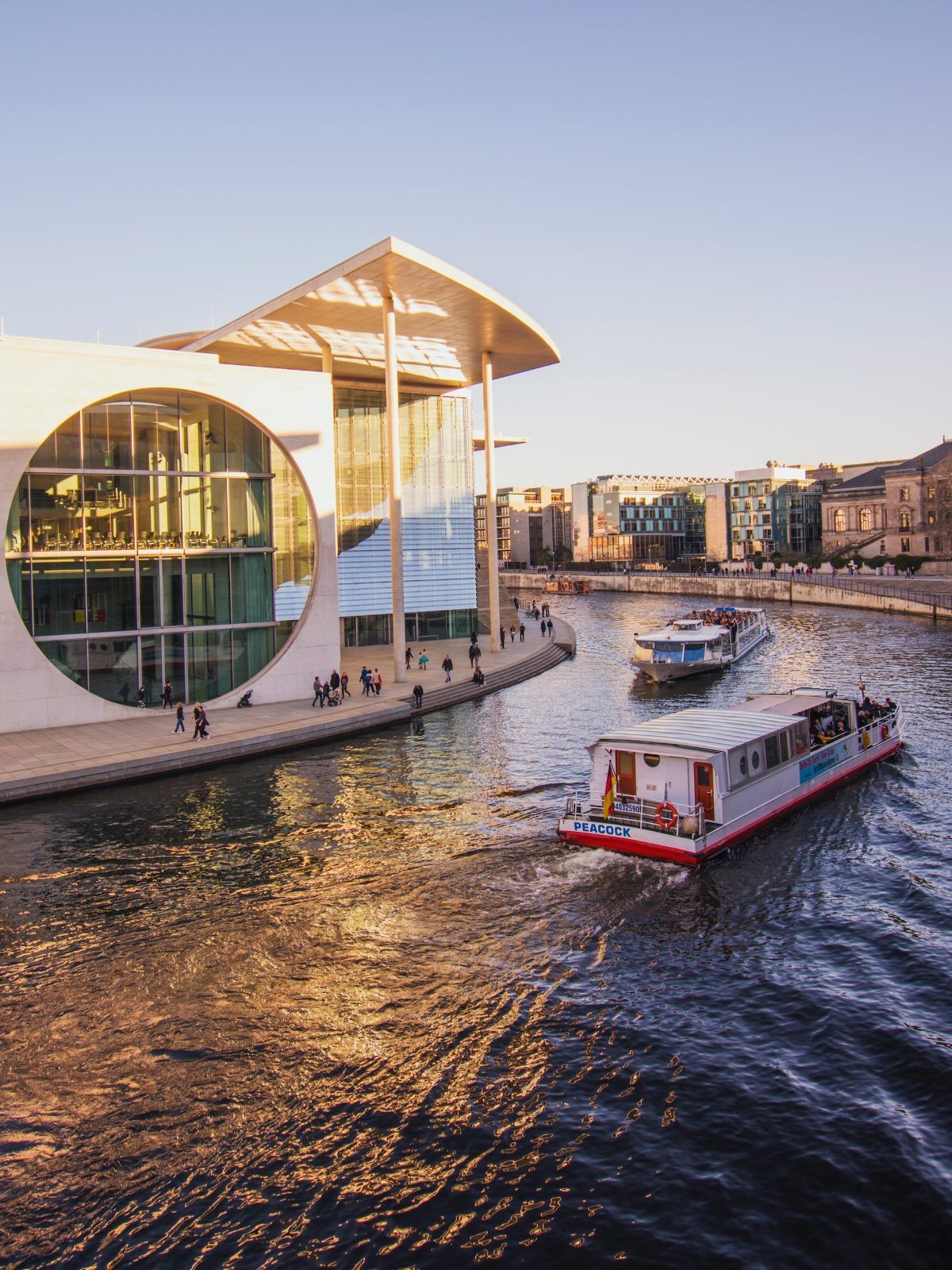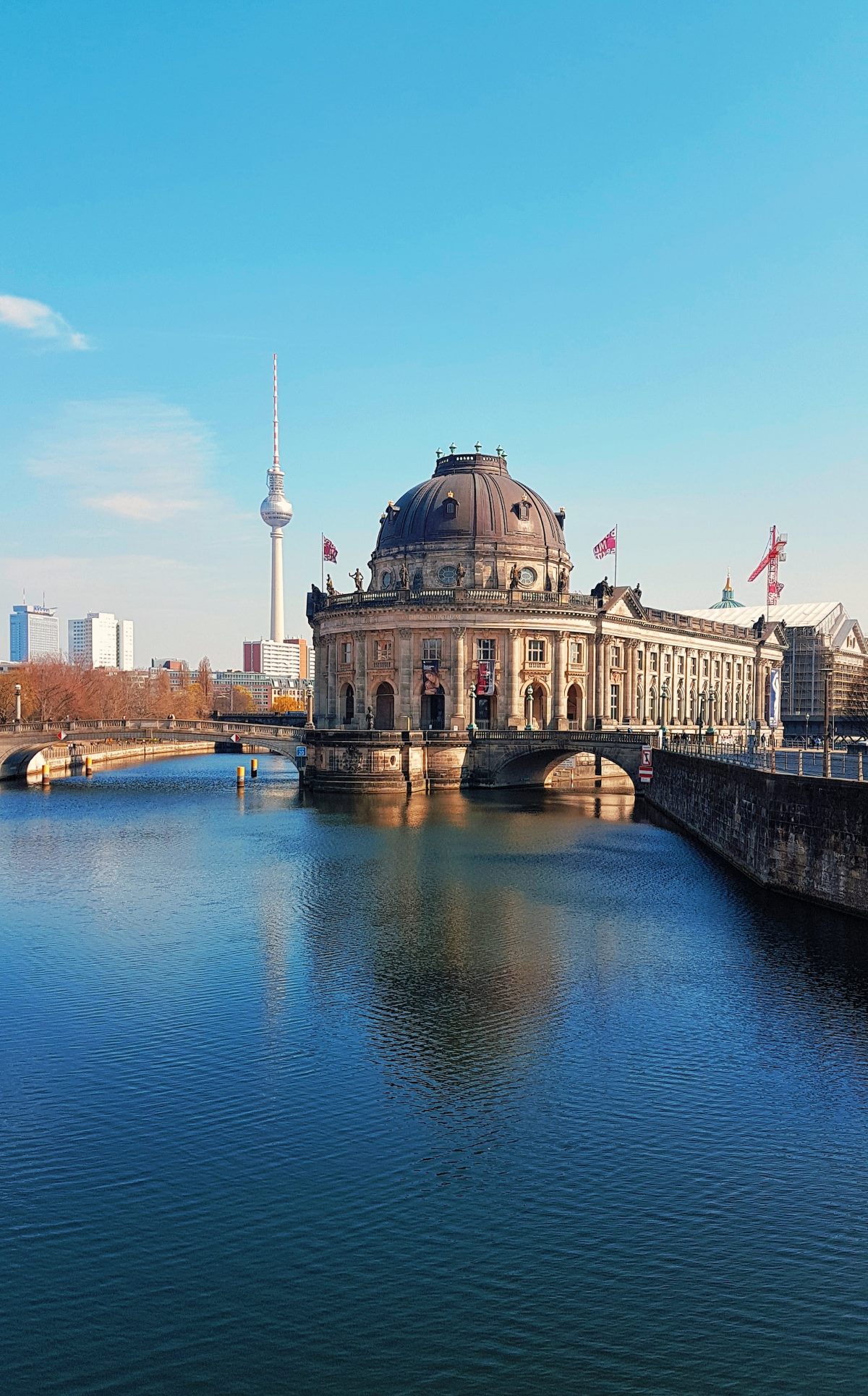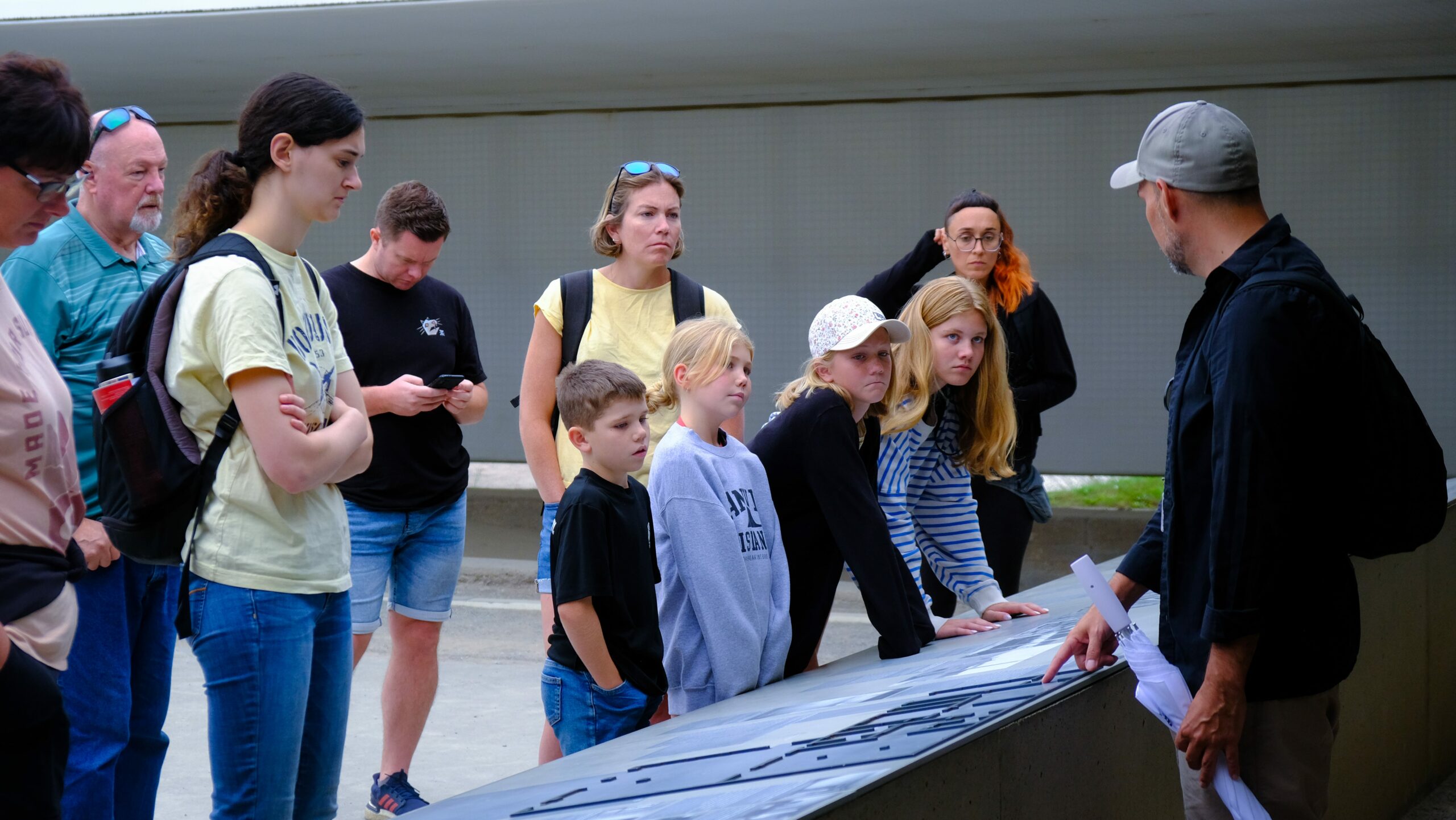The Nazi leadership built Sachsenhausen as their concentration camp outside Berlin during World War II. This blog explores important details about Sachsenhausen as a Nazi concentration camp near Berlin.
1. Origins and Establishment
SS staff members from the Nazi Party organized the Sachsenhausen camp when they built it in 1936. The SS created the camp to teach new SS members how to operate a concentration camp. The camp position at 35 kilometers north of Berlin enabled rapid transportation of detainees between national leaders in Berlin and the Third Reich administration.
2. Purpose and Operations
The Nazis used Sachsenhausen mainly to detain political detainees and selected other people they labeled as “undesirables” from Jew to homosexual victims. The camp assigned prisoners to extreme labor duties while subjecting them to terrible prison conditions.
The SS directed all aspects of the operating camp. SS employees used extreme violence against prisoners while performing painful medical studies and murdered thousands of victims. In a similar way to other prisoner camps Sachsenhausen guards used observation towers and live electric wires to stop prisoner escapes and stay in charge.
3. Life in Sachsenhausen
People who lived in Sachsenhausen suffered greatly as they became less human. The space available to prisoners was limited while they suffered from poor hygiene and received insufficient access to food medicine and clothing. Inmates experienced painful physical treatment and mental stress through physical attacks and work punishments plus doctors test them unwillingly.
The prisoners suffered through countless roll calls and received harsh penalties while living among excessive crowding. They lived in constant danger of being murdered or sent to Auschwitz for extermination during their time in the prison.
4. Liberation and Memorialization
On April 22 1945 Soviet troops freed Sachsenhausen after World War II ended. The Soviets turned this site into a facility for ex-Nazis before making it a permanent closure in 1950.
Today Sachsenhausen serves as a tribute to the victims and educates people through its memorial and museum displays. The museum presents images of prisoners plus evidence and firsthand reports to show what they suffered and lived through.
Tips for Visiting Sachsenhausen
- Organize your trip before you go and set aside enough time to visit all parts of the memorial.
- Take a professional tour of the camp to understand its historical value and importance.
- The memorial demands you face human suffering from Germany’s worst historical period.
- Follow all established rules of behavior and wear appropriate clothing when visiting the memorial grounds.
- Set aside time to think and honor the people who died in Sachsenhausen.
Conclusion
Sachsenhausen exists as a major reminder of the war crimes that the Nazis committed in World War II. This memorial teaches us to study history’s darkest moments in order to stop such events from happening again.
Table of Contents




